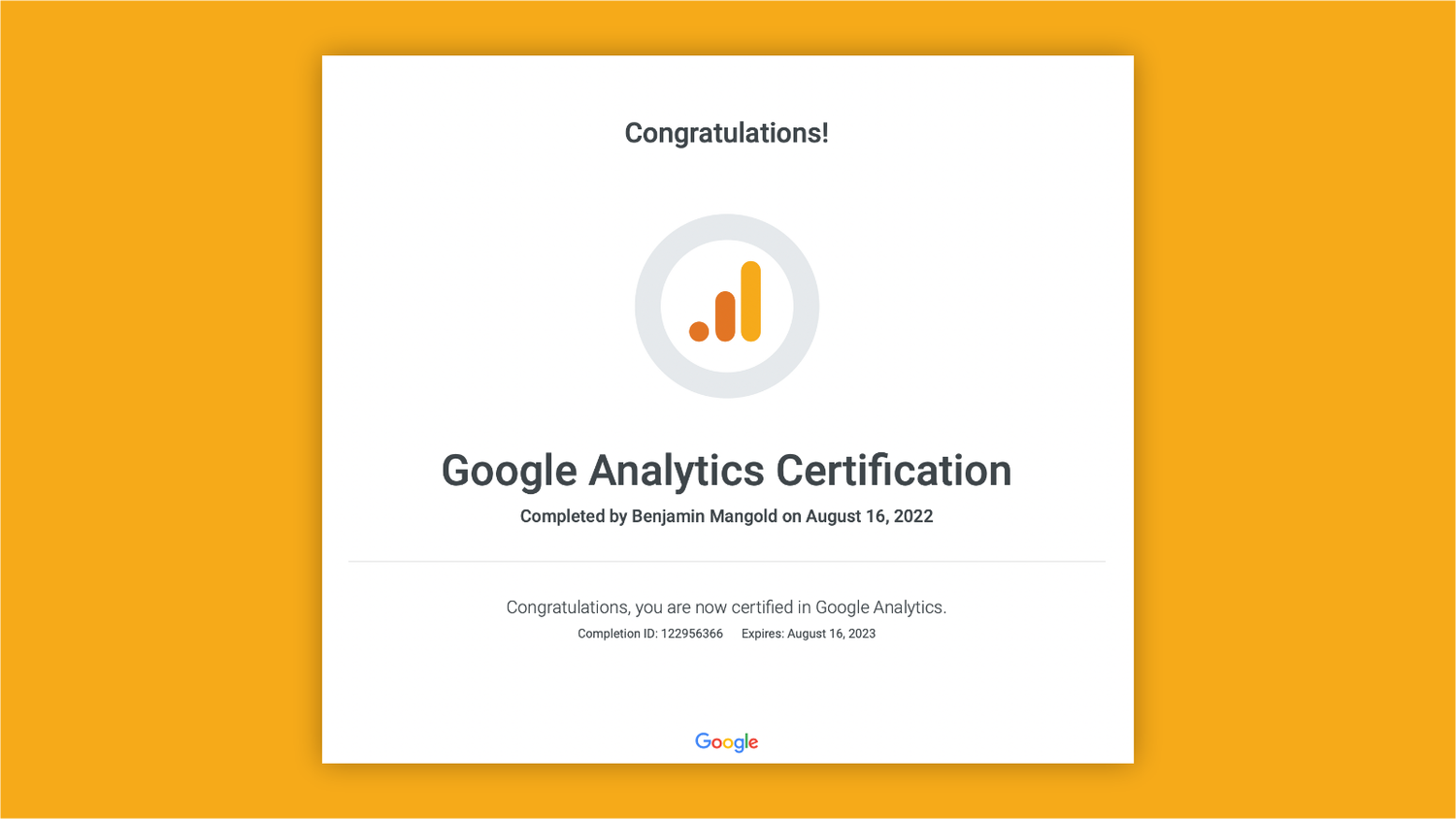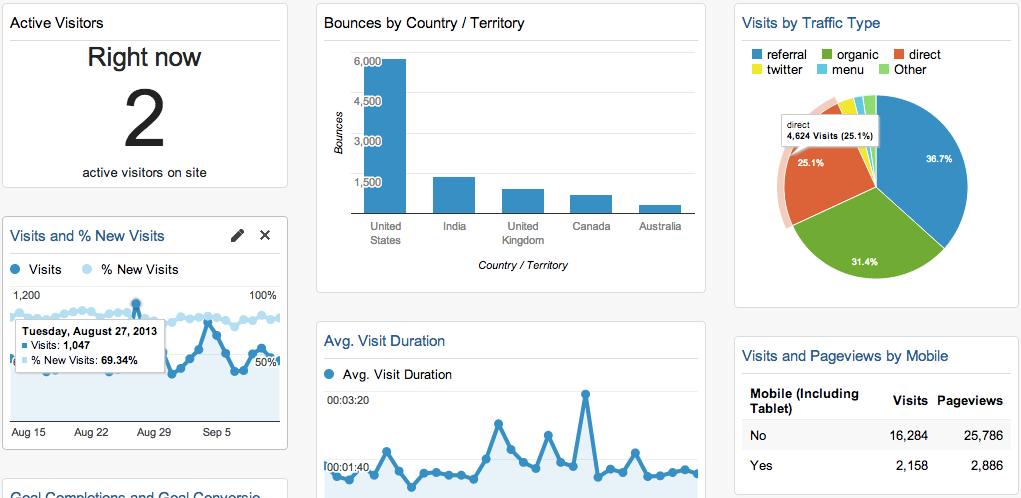Secret Factors To Consider for Marketers: When Does the Google Analytics Tracking Code Send an Event Hit to Analytics?
Enhance Your SEO Strategy With Effective Google Analytics Tracking Code
Incorporating Google Analytics tracking code into your search engine optimization technique is a pivotal action toward attaining measurable results. Proper execution not just offers a clear home window into customer behavior and traffic sources however likewise highlights important performance indicators that can inform your content strategy. By comprehending metrics such as organic web traffic and conversion rates, you can determine locations for optimization. However, truth possible lies in how these insights can be leveraged to improve your technique. What details strategies can you embrace to take full advantage of the influence of this information on your SEO efforts?

Recognizing Google Analytics Basics
To effectively leverage Google Analytics for Search Engine Optimization, it is necessary to comprehend its foundational principles. Google Analytics functions as an effective tool for monitoring and analyzing site traffic, offering insights that are critical for enhancing online search engine performance. At its core, the system enables customers to check user habits, web traffic sources, and crucial efficiency signs (KPIs) such as bounce prices and session durations.
Experience with the customer interface is important. The Target market area offers market insights, assisting to customize content to target customers effectively.
Understanding metrics such as natural website traffic quantities and conversion prices is critical for assessing SEO performance. Ultimately, understanding these essentials permits digital online marketers to harness the full possibility of Google Analytics, driving informed choices that improve general search engine optimization techniques. By developing a strong structure, services can efficiently analyze their performance and determine opportunities for improvement in their on the internet visibility.
Establishing Tracking Code
Appropriately establishing the tracking code is critical for precise information collection in Google Analytics. The very first step involves creating a Google Analytics account and building, where you will obtain a distinct monitoring ID. This ID is essential for connecting your web site's data to your Google Analytics account.
Once you have your monitoring ID, integrate the monitoring code fragment into your internet site's HTML. This is commonly placed in the header section of each web page to ensure it lots early in the web page making procedure. If you're utilizing a Web content Monitoring System (CMS) like WordPress, many plugins streamline this process, enabling you to include the tracking code without direct HTML editing.
After implementing the monitoring code, it is important to evaluate its performance. You can utilize the Google Tag Aide device to verify if the tracking code is properly set up and functioning. Additionally, check the real-time reporting feature in Google Analytics to validate that information is being collected appropriately.
Making certain that the tracking code is correctly established up lays the foundation for efficient data evaluation, allowing you to make enlightened decisions to improve your search engine optimization technique and total internet site performance.
Trick Metrics to Display
Recognizing crucial metrics to keep track of is crucial for comprehending the effectiveness of your SEO approach through Google Analytics. By concentrating on details data points, you can gauge the impact of your optimization initiatives and make notified decisions to boost performance.
This metric shows the general health of your SEO strategy. A high bounce rate may indicate that your web content is not meeting customer expectations or that your touchdown pages need enhancement.
Furthermore, think about tracking conversion rates, as these metrics disclose just how well your site satisfies its business visit homepage objectives, such as generating sales or leads. Keyword phrase positions are likewise essential; surveillance changes in keyword placements assists evaluate the performance of your targeted search engine optimization efforts. Ultimately, evaluate the typical session period, which indicates individual interaction and web content importance. By carefully complying with these essential metrics, you can obtain useful understandings right into your search engine optimization approach's efficiency and recognize locations for enhancement.
Studying Individual Habits
Comprehending customer actions is vital for refining your SEO technique and maximizing site performance. Google Analytics offers a wealth of data on individual interaction metrics, such as bounce prices, time on website, and web page views per session.
Additionally, tracking individual flow can expose typical navigation paths, highlighting prospective bottlenecks or areas for enhancement. Comprehending the demographics, rate of interests, and geographical places of your visitors enables more tailored content that talks with their needs. Utilizing segmentation attributes in Google Analytics better boosts your capacity to assess customer habits by enabling you to compare different target market teams.
Furthermore, keeping track of this page conversion rates and customer activities can supply insights into the performance of your contact us to action and general site design. This holistic view of customer actions is essential for making educated decisions that improve individual experience and drive higher involvement, eventually adding to boosted SEO performance.
Leveraging Insights for Search Engine Optimization
Constantly leveraging insights gained from individual behavior evaluation can significantly improve your SEO initiatives. By using Google Analytics, you can identify crucial metrics such as bounce rates, session period, and individual flow, which reveal exactly how visitors engage with your content. These understandings enable you to identify areas requiring improvement, such as high leave pages or underperforming key words.

Furthermore, tracking organic website traffic resources provides quality on which networks are most efficient, allowing you to allocate sources purposefully (when does the google analytics tracking code send an event hit to analytics?). By evaluating conversion rates Website alongside web traffic information, you can determine which web pages drive real company results, fine-tuning your search engine optimization method even more
Integrating these insights right into your material technique not just improves exposure yet also cultivates a more user-centric strategy. Eventually, a data-driven SEO approach informed by analytics not only improves positions yet additionally straightens your objectives with individual assumptions, bring about sustained development and engagement.
Final Thought
Reliable execution of Google Analytics tracking code substantially boosts a Search engine optimization approach by providing important insights right into customer actions and website traffic resources. Ultimately, leveraging these understandings adds to fine-tuning Search engine optimization initiatives, driving more appropriate web traffic, and enhancing general site performance.
Incorporating Google Analytics tracking code into your SEO strategy is a pivotal step towards attaining quantifiable results. At its core, the platform enables users to monitor user actions, website traffic sources, and essential performance indications (KPIs) such as bounce prices and session durations.
Understanding customer habits is important for fine-tuning your SEO approach and making the most of website efficiency.Constantly leveraging insights gained from customer habits analysis can dramatically improve your SEO initiatives.Reliable execution of Google Analytics tracking code substantially enhances a Search engine optimization technique by providing critical insights into user habits and web traffic sources.